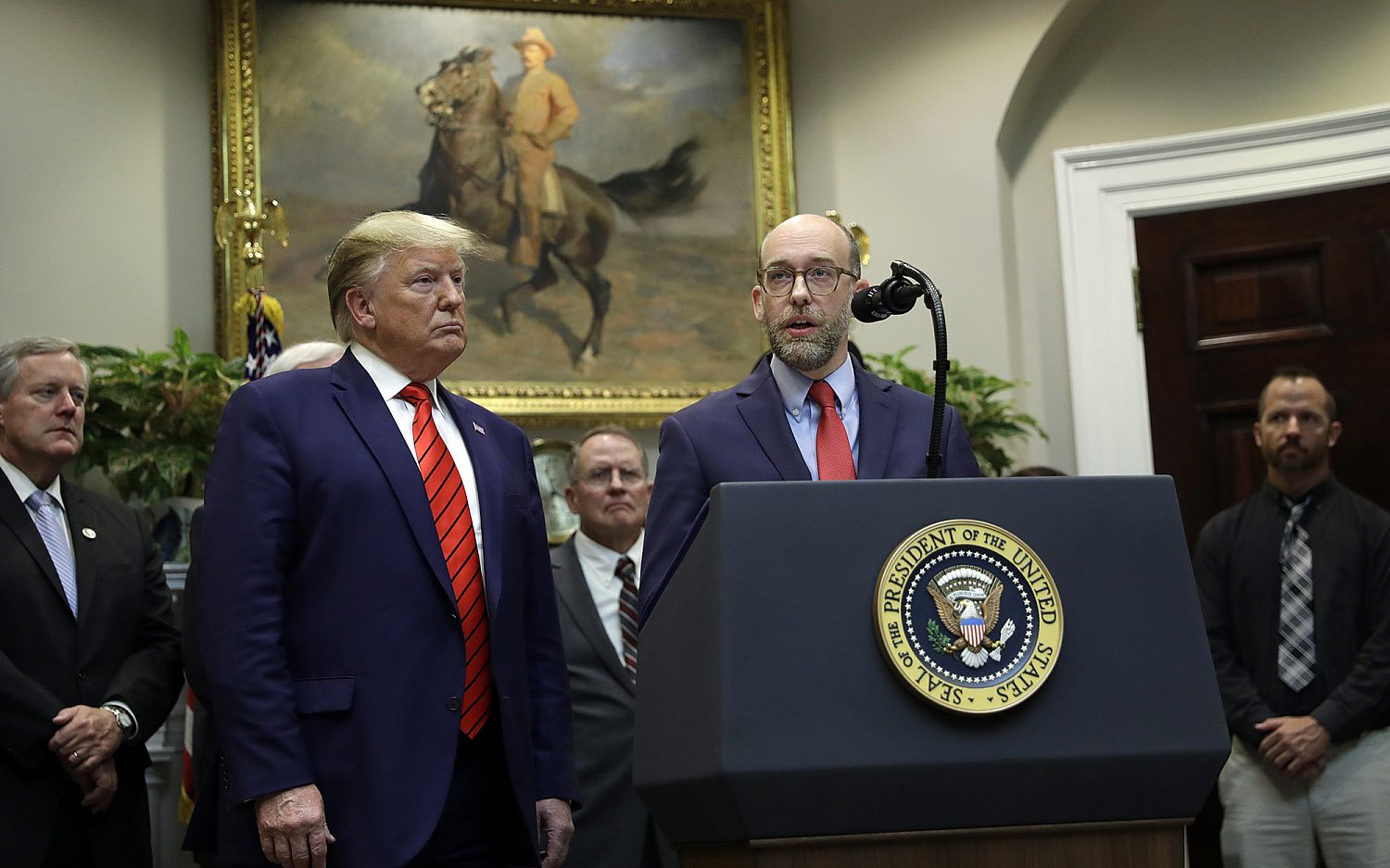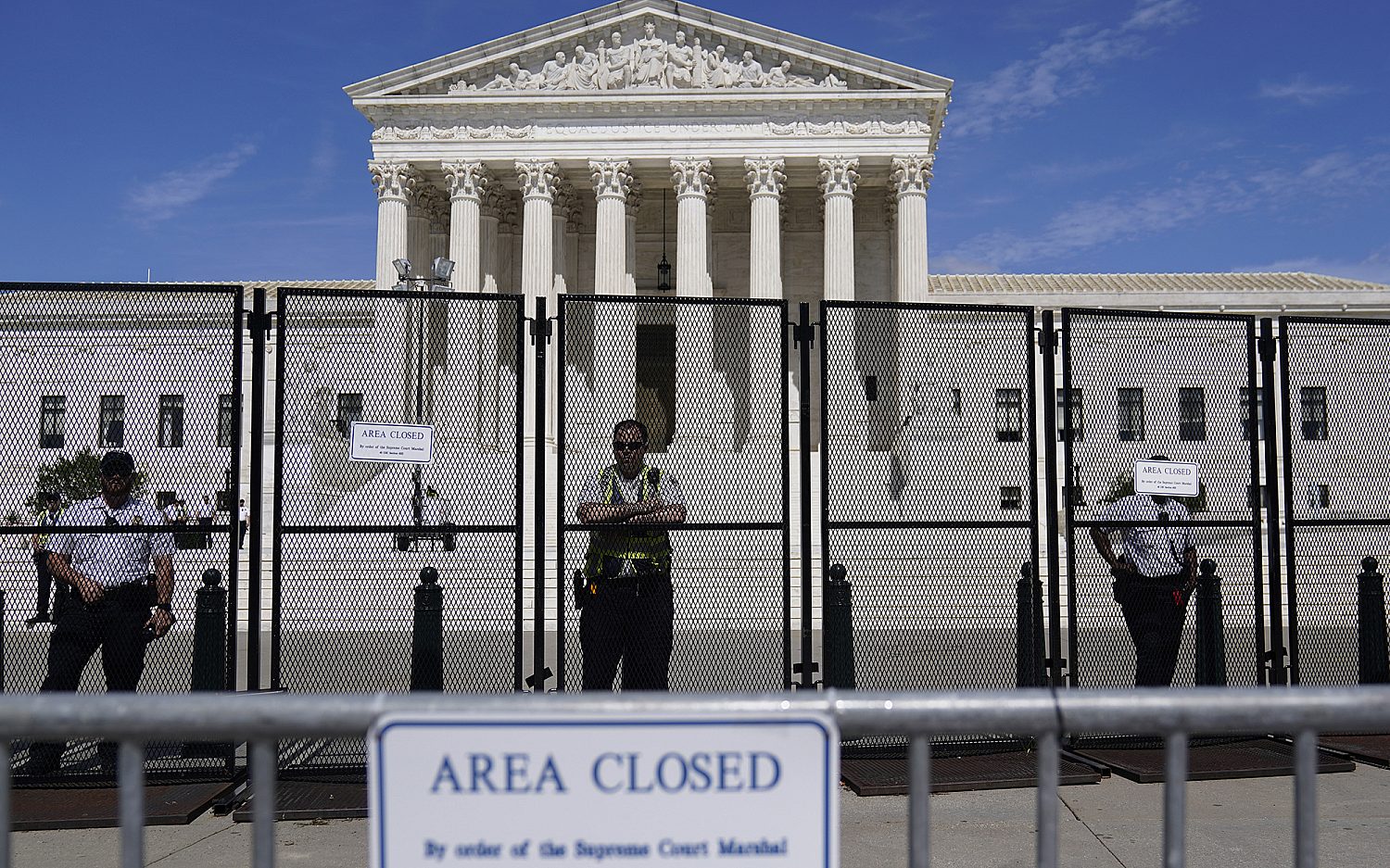Efforts to stamp out child labor have opposite effect
Banning child labor in developing countries may increase the number of child laborers, especially in poor families, according to a National Bureau of Economic Research (NBER) paper published last month. Three economists from the University of California, San Diego, the University of Toronto, and Michigan State University contributed to the report.
The paper examined employment data in India before and after the Child Labor Act of 1986, a landmark piece of legislation that cracked down on India’s child labor market. The purpose was to reduce child labor, especially in hazardous environments.
Under the ban, children under the age of 14 are prohibited from working in certain industries, including manufacturing and construction, and in jobs that involve toxic or flammable materials. The law allows for child labor in areas such as agriculture and family businesses, but dictates what time of day and how many hours children can legally work. Employers who violate these restrictions face fines and the possibility of up to two years in prison.
The NBER paper, the first report on the influence and effectiveness of the 1986 ban, found that, contrary to its intentions, the child labor ban decreased child wages and increased child labor in India. The research revealed that child labor increased 12.5 percent over the pre-ban average. The likelihood that an employer will hire a child over an adult increased by 1.7 to 1.9 percent after the ban.
The perverse effects follow a clear trail: Employers face increased risks of hiring children because of fines and punishment, so they pay child laborers less. Families who depend on their working children cannot survive with decreased wages, so they send more of their children into the workforce. Children in the workforce are unable to go to school, so school enrollment drops among the poorest families in India. Taking consumption, household expenditures, food consumed, and welfare data into consideration, the paper concluded that the poorest households in India are “unambiguously worse off” after the ban.
In the face of rising pressure to legislate bans on child labor, the NBER paper warns other developing nations may see similarly ineffective results. According to 2013 data released by the International Labor Organization (ILO), there are nearly 168 million child laborers today, and 85 million children work in hazardous conditions.
In 1999, after a decade of criticism about their overseas labor practices, Nike helped launch the Fair Labor Association (FLA), a group of companies whose members agree to ten labor standards, including a minimum age requirement of 15 for all workers. Over 40 large companies, including Adidas, Apple, and New Balance, are part of the FLA today. But as the NBER paper points out, a blanket ban on child labor may do more for company reputations than child welfare.
An actual newsletter worth subscribing to instead of just a collection of links. —Adam
Sign up to receive The Sift email newsletter each weekday morning for the latest headlines from WORLD’s breaking news team.




Please wait while we load the latest comments...
Comments
Please register, subscribe, or log in to comment on this article.